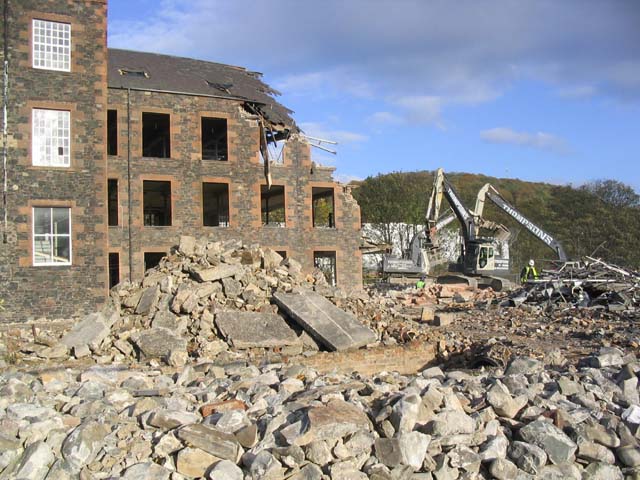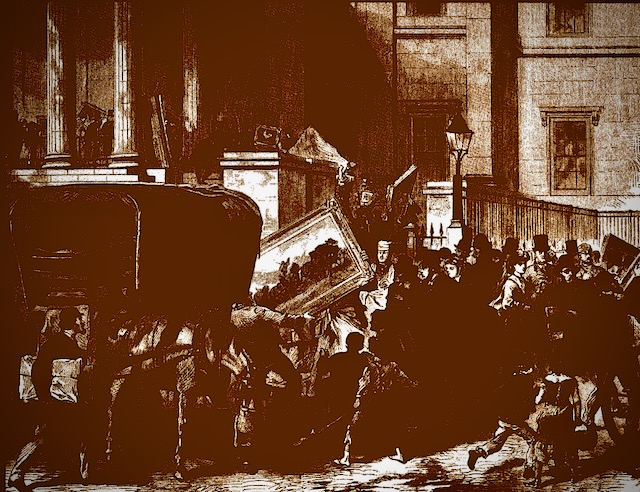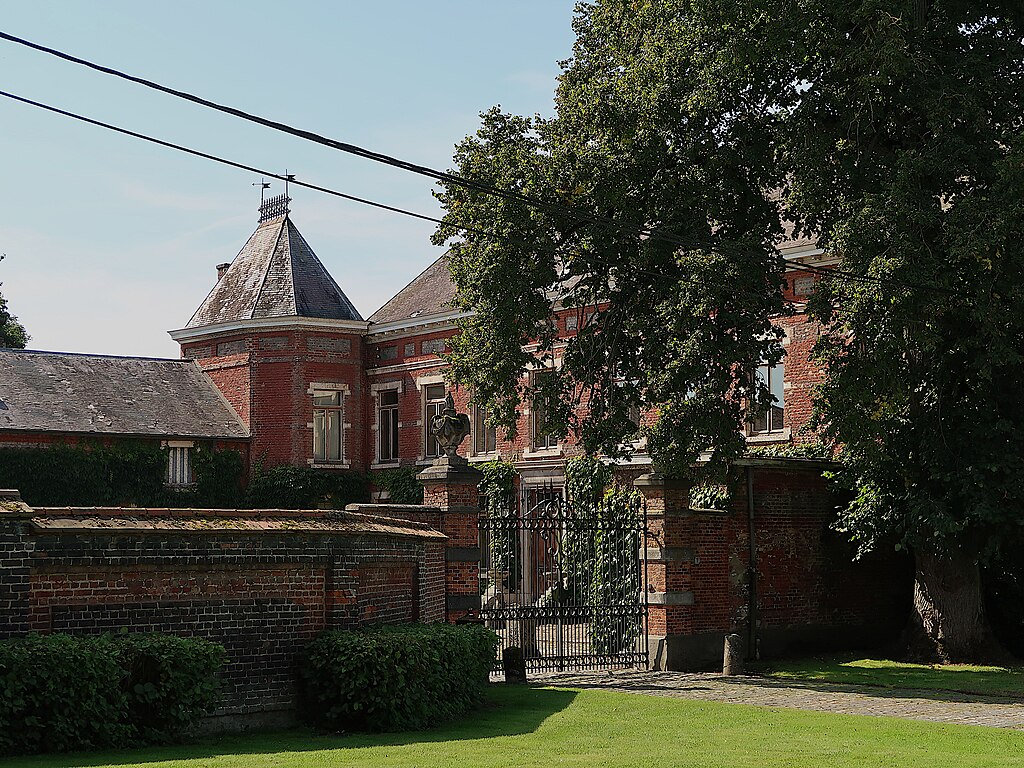Industrial Archaeology and Fire Safety: a Missing Marriage?
Fire protection plays an important role, since a fire can destroy industrial archaeology buildings which, even if abandoned, in many cases should be saved and rehabilitated
The field of industrial archaeology, emerged in the 1950s, is now understood as the study of artifacts and evidence from the industrial revolution era, encompassing machines, buildings, technologies and infrastructures. For this reason they constitute an important testimony of a historical period that led to a profound change in many countries.

By Walter Baxter, CC BY-SA 2.0, https://commons.wikimedia.org/w/index.php?curid=12300640
While industrial archaeology buildings form part of a location’s identity as they serves as evidence of progress and landmark achievements, two causes determine the strange effect of making the study of these artifacts more difficult than ancient civilizations.
In many cases, in fact, the historical records of the industrial process consist of perishable materials, such as metals, which are prone to corrosion and recycling, since many industrial buildings have been designed for temporary use.
Moreover, the temporary approach of company archives, complicates preservation efforts, with the effect of making the safeguard of these artefacts more difficult than many others.
In this context, social and cultural factors, such as the high social costs have contributed to a reluctance to acknowledge industrial history. Additionally, the influence of a tradition identifying culture with artistic, literary, and philosophical outputs, while devaluing manual arts and techniques, has played a role.
Fire protection, thus, plays an important role, since a fire can destroy buildings forever which, even if abandoned, in many cases should be saved and rehabilitated.
Another aspect related to the protection of these buildings from fire lies in the fact that, if involved in a fire, they can very quickly pose a risk to people and nearby buildings. Emblematic, in this regard, is the case of a building initially used as a factory located in the center of Sydney which, involved in a fire, exposed a nearby hospital to flames and, after the fire, forced a complicated demolition work to remove the unsafe remaining structures.
Unfortunately, the topic does not appear to be the subject of study or in-depth analysis, nor do codes or regulations appear to have been developed on this very peculiar topic, even such fires do occur. in January 2024 alone, two industrial archeology sites damaged by fire were cited by the media: the nineteenth nursing school Derby (UK) and the Singer sewing Industrial site in Elizabeth, New Jersey.
To improve safety of rescue operations, the United States Fire Administration (USFA) has published the Guide Basic Assessment Procedures for Abandoned and Vacant Buildings to “obtain basic information that can be used by emergency responders and in decision making regarding the disposition of a specific property“. The publication of this guide, however, seems to demonstrate that, at least for the safety needs of people and rescuers, there is a widespread need to also address the issue of fire prevention for the broader sector of abandoned buildings.
The NFPA has also expressed its opinion on fire safety of abandoned buildings. In particular, as referred to in the Fire Code (NFPA 1), the site manager must:
- Check that the fuel load is limited (therefore free as much as possible of combustible materials, including waste and vegetation)
- Limit access to authorized persons only
- Maintain the functionality of the fire prevention systems







